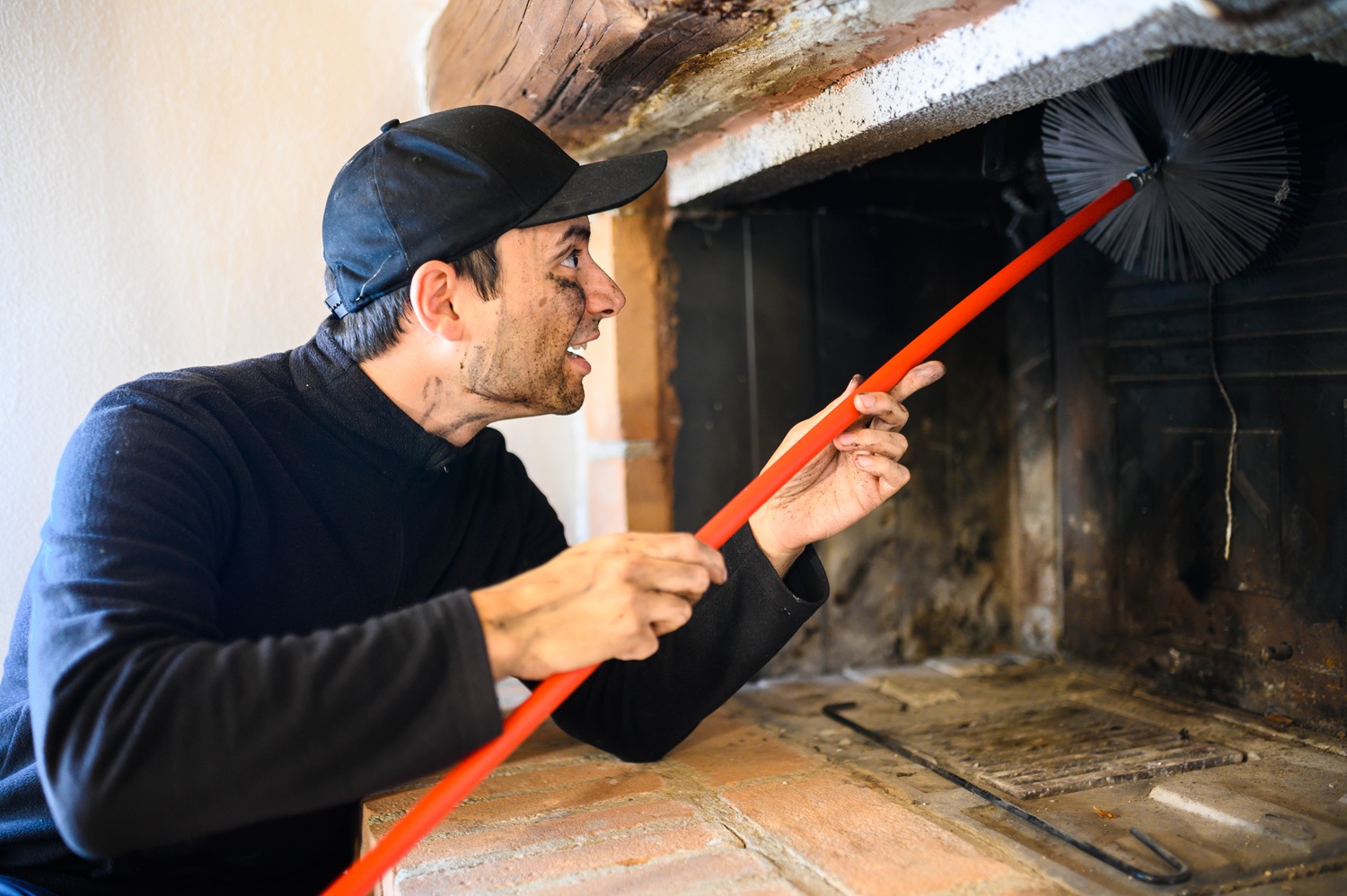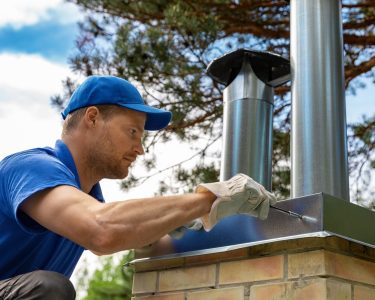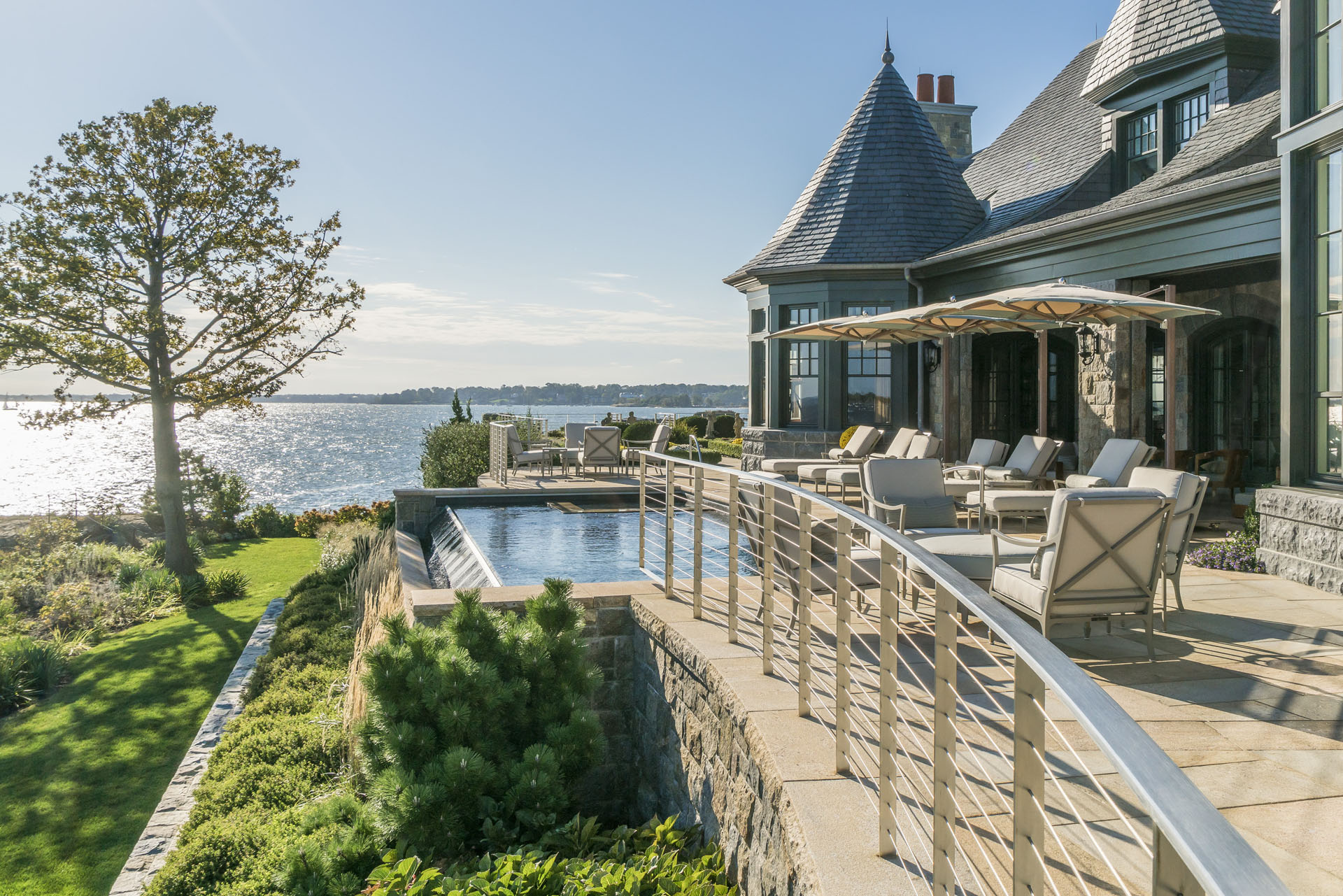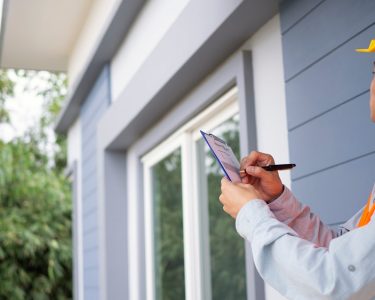Living in southern California means chimney safety often gets pushed to the back burner. It’s rarely cold enough to use your fireplace, so why bother with chimney inspection in Glendale, CA, right? Unfortunately, this can be a costly and dangerous assumption.
Hidden damage can accumulate inside your chimney and behind your walls. Issues like loose masonry, fire hazards, and pest infestations don’t fix themselves.
The regional quirks unique to Glendale also come with risks. For example, seismic activity can shift structures, while dry air causes materials to crack. Meanwhile, the wind can blow debris into the chimney. That’s why it’s just as important to have your chimney inspected here as it is anywhere else.
This guide tackles seven common myths that Glendale homeowners believe about chimney inspections. If you’ve ever thought your rarely used fireplace is probably fine, keep reading. You might be surprised by the hidden dangers lurking in your system.
You Only Need a Chimney Inspection if You Use the Fireplace Often
Dismissing chimney inspections as unnecessary is understandable when you’re only using a few times a year. Why spend the time and money on something you’re not using much?
Your chimney doesn’t phase out of existence when you’re not using it. Many factors like water or wildlife infiltration, roof damage, severe weather, and earthquakes threaten the integrity of your chimney. Mortar joints can crack or your chimney stack can shift out of alignment. Unfortunately, this damage remains invisible until problems worsen significantly.
Annual inspections ensure structural soundness regardless of how much you use the chimney. For homes featuring vintage brickwork or original components, routine checks prevent expensive repairs. If you’re already planning upgrades, it’s helpful to understand what’s the difference between a remodel and a renovation.
You Can Just Shine a Flashlight Up There Yourself
Checking with a flashlight seems like a good idea on the surface. But that’s the thing; flashlight checks will only ever reveal surface-level issues. Many of the more serious chimney problems occur well beyond flashlight range.
Most damage happens in the upper sections, where flashlights can’t reach. Cracked flue tiles often develop 15-20 feet above the fireplace opening. Similarly, deteriorating liners and moisture damage usually start near the chimney crown.
Internal structural separation presents another hidden threat. This occurs when the inner flue separates from the outer chimney wall. Without proper equipment, this dangerous condition goes undetected for years.
Licensed chimney inspectors use specialized telescopic cameras to examine every interior section. They also test draft performance and check combustion clearance measurements. Water intrusion assessment at the crown requires close visual inspection from the roof level.
Additionally, professionals examine flashing conditions around the chimney base. These metal seals prevent water from entering your home through roof joints. Damaged flashing causes thousands in water damage every year. The worst part? You won’t see it from the ground.
Professional equipment looks beyond the veil, at much deeper issues than flashlights can. Thermal imaging cameras detect temperature variations that indicate structural problems. Moisture meters measure water content in masonry materials. These tools provide accurate assessments that protect your investment.
Glendale’s Weather Is Too Mild to Worry About Chimney Issues
Never shoveling snow or thawing frozen pipes makes chimney damage seem unlikely. Many homeowners connect structural problems with harsh winter conditions. So, they assume warm, dry weather protects their chimney year-round.
But, mild climates create their own unique challenges. Glendale’s dry summers cause brick and mortar to shrink and separate over time. It’s a slow process, but it’ll create openings for water and animals to get in before you know it.
Temperature fluctuations between hot days and cool nights cause materials to expand and contract repeatedly. Over time, this cycle leads to hairline cracks that widen into serious structural issues. Even a 20-degree temperature swing can stress masonry joints.
Seismic activity adds another layer of concern. California’s frequent minor earthquakes can shift chimney components out of alignment. These movements often go unnoticed until significant damage occurs.
Santa Ana winds drive debris into chimney openings and can damage caps or spark arrestors. During wildfire season, ash and particulates can clog flue systems entirely.
UV radiation from intense California sun breaks down mortar compounds over time. If you’re noticing wear on your home’s exterior, it may also be time to consider exterior home painting for stucco, stone, wood, and more.
Local inspections identify how regional weather patterns affect your specific chimney design. When you know these things, you nullify the need for expensive repairs down the line.
Gas Fireplaces Don’t Need Inspections
Gas fireplaces need much less maintenance than a traditional wood-burning system. They burn cleanly without producing creosote buildup. Starting them requires only a button push or switch flip. But, that’s not to say they don’t need any maintenance. Without visible ash or soot, it’s easy to forget about safety requirements.
Gas appliances have their own unique safety concerns. They generate carbon monoxide, which must exit your home through proper venting. If there’s a blockage in your chimney or flue, the gases can back up into your living space, posing a danger to you and your family.
Unlike wood smoke, gas combustion problems are often colorless and odorless. Carbon monoxide poisoning symptoms include headaches, dizziness, and fatigue. Severe exposure can be fatal, making proper venting absolutely critical.
Many Glendale homes feature gas inserts installed in original chimneys built decades ago. These older flues may not meet current safety codes for gas appliance venting. Sizing requirements have changed significantly over the years.
Modern gas appliances need specific liner materials and dimensions for safe operation. Stainless steel liners resist corrosion from gas combustion byproducts. Proper sizing ensures adequate draft for complete combustion and venting.
Annual inspections verify that chimney interiors are correctly lined for gas use. Professionals check all connections for tightness and proper sealing. They also test draft performance to ensure gases exit efficiently.
Gas valve maintenance is another inspection component. These mechanisms can develop leaks or fail to shut off completely. Regular testing identifies potential problems before they become dangerous.
Creosote Isn’t a Concern in Warm Climates
Creosote is that half-burned wood leftover after a fire, and heavy accumulations can be dangerous. But, if you’re using your fireplace sparingly, how could enough creosote build up to cause a problem?
The reality is that even limited wood burning produces creosote deposits. This substance forms when wood smoke cools and condenses on chimney walls. The process happens regardless of climate or usage frequency.
Burning conditions significantly affect creosote formation. Low-temperature fires create more condensation than hot, efficient burns. Damp or unseasoned wood generates excessive smoke that leads to heavy deposits.
Poor draft conditions worsen the problem. When smoke moves slowly through the flue, more time exists for condensation. Partially blocked chimneys or inadequate air supply create these conditions.
Creosote progresses through three distinct stages. Stage one appears as loose, flaky deposits that brush away easily. Stage two becomes sticky and harder to remove. Stage three forms a glazed, hardened coating that resists standard cleaning methods.
Glazed creosote presents serious fire hazards. It ignites at relatively low temperatures and burns extremely hot. Chimney fires from creosote can reach 2,000 degrees Fahrenheit, causing structural damage and house fires.
Even in warm climates, annual cleaning removes creosote before it progresses to dangerous stages. Professional chimney sweeps have tools and techniques to handle all deposit types safely.
Regular inspections identify creosote buildup early in the process. This way, you can nip it in the bud before it turns into a serious fire hazard.
Chimney Caps Are Optional Accessories
Chimney caps can seem unnecessary when fireplaces sit unused. Capping them feels restrictive or purely decorative. Some homeowners see caps as animal control devices, neglecting that they’re safety components.
In reality, chimney caps serve many critical functions. They block rainwater from entering and saturating interior masonry. Even small amounts of water can cause significant damage over time.
Water infiltration leads to several serious problems. If you’re noticing signs of moisture damage, it may also be time to look for broader signs it’s time to call exterior remodeling contractors.
Caps also prevent debris accumulation inside flues. Leaves, twigs, and other organic matter can block airflow and create fire hazards. During Glendale’s windy seasons, these materials accumulate quickly without protection.
Wildlife protection represents another important function. Birds, squirrels, and raccoons frequently build nests in uncapped chimneys. These animals can damage flue liners and create blockages that prevent proper venting.
During wildfire season, caps become especially valuable. They prevent windblown ash and embers from entering your flue system. This protection reduces fire risk and keeps debris from accumulating inside your chimney.
Spark arrestors, often built into caps, prevent sparks from escaping during fireplace use. This feature protects your roof and surrounding vegetation from accidental ignition.
Quality caps feature stainless steel or copper construction that resists weather damage. Proper installation includes secure mounting that withstands high winds and seismic activity.
Chimney Inspections Are Too Expensive to Justify
Many homeowners skip chimney inspections in Glendale’s climate, especially when cost is a concern. It seems justifiable when there’s no obvious damage or reason for it.
But, the true cost of avoiding inspections is exponentially worse than a simple checkup. Hidden damage often affects other home areas including roofs, ceilings, and interior walls. Moisture entering through compromised chimney components can appear months later as expensive problems.
Water damage from chimney leaks affects many building systems, including the roofline. Learn how to spot and prevent this issue in The Ultimate Guide to Roof Chimney Leak Repair in SoCal.
HVAC systems can also suffer when chimney problems allow moisture infiltration. Ductwork corrosion and equipment damage result from prolonged exposure to humid conditions.
Annual inspections function as preventive healthcare for your chimney system. They identify minor issues before they become major expenses. A loose brick could cost $50 to repair now but $5,000 to rebuild later.
Consider the inspection as insurance against catastrophic failure. Professional assessments might cost a few hundred dollars. But, they can prevent tens of thousands in structural repairs.
Code compliance represents another financial benefit. Many insurance companies need regular inspections for fire coverage. Additionally, home sales often need chimney certifications that cost more than annual maintenance.
Peace of mind has value that’s difficult to quantify. Knowing your chimney is safe protects your family and preserves your largest investment. That confidence is worth the modest annual expense.
Protect Your Home with Regular Inspections
Chimney myths persist because they seem logical, especially in Glendale’s mild climate. Unused fireplaces appear safe, and DIY checks feel adequate for basic maintenance. But, real problems develop slowly in hidden areas where damage accumulates silently.
Your chimney affects home safety regardless of usage patterns. Wood-burning fireplaces, gas inserts, and unused systems all need professional attention. Regular inspections catch structural shifts, moisture damage, and venting problems before they threaten your family’s safety.
Don’t wait for obvious trouble signs to appear. By then, expensive damage has likely already occurred. Instead, schedule annual chimney inspections just like other home maintenance tasks. If you’re preparing your home for colder months, here are the best exterior remodeling projects to prepare for winter.
Think of inspections as routine healthcare for your home. Just as you wouldn’t skip medical checkups, your chimney deserves the same preventive attention. This small investment protects your property, your finances, and most importantly, your peace of mind.
Contact a certified chimney professional today to schedule your inspection. Your home’s safety depends on it.





